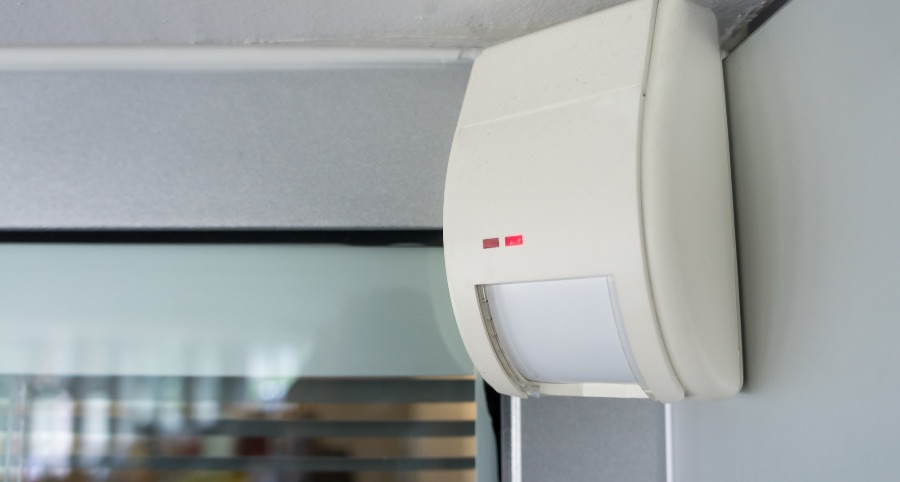How Do Motion Detectors Work In Dayton?

You’re likely to have a fairly good grasp of what motion detectors do merely based on their name. Indeed, they identify motion, but how exactly do they work? Take a little time to discover the technology that drives them and the different kinds of devices you might encounter. You’ll gain a clearer understanding of how they work and how you may incorporate them into your modern smart home.
What is the technology behind motion detectors?
Detecting motion can be done in a few specific ways, but motion detectors are usually classified into either of these two categories - active or passive.
● Active motion detectors: These instruments are viewed as active, as they regularly transmit signals like microwaves and then assess the response time. Activity is shown when the response time changes. While microwave sensors are most often found, you’ll also discover active motion detectors that use sound waves or infrared light.
● Passive infrared (PIR) motion detectors: Regularly seen within home security applications, PIR motion detectors perform by noticing changes in the surrounding temperature. Basically, the component learns what the usual temperature should be within a specified area. If there are instant heat spikes, like a trespasser creeping along the space, the sensor recognizes it and initiates your alarm system. Since they don’t constantly transmit signals, passive detectors usually use less power and are more economical to operate.
Along with active and passive, you may find hybrid motion detectors that use a mix of technologies. These can help lessen false alarms, as each sensor must be activated before the alarm is prompted. Other options include vibration motion detectors and tomographic sensors that are frequently employed in more extensive commercial or industrial facilities.
Ways to use Dayton motion detectors
The primary purpose of motion detectors is to spot motion within a specified area, usually to a distance of 50 feet away. You’ll commonly find them incorporated into outdoor floodlights or as freestanding devices inside your home. When movement is noticed, they’ll set off your alarm system and inform your dedicated monitoring team.
But present-day motion detectors are more versatile than at any time before. As a matter of fact, they are able to connect directly with other smart devices. To illustrate, they can prompt your connected smart lights to illuminate or your surveillance device to record when activity is detected. They can even alert your smart thermostat to modify the temperature.
Receive immediate alerts and alter settings for pets
Another great benefit of contemporary motion detectors is that you’ll get automatic updates delivered to your cell phone every time the detector is triggered. If you have animals, you are even able to help ward off false alarms by tailoring settings to take into account the size of your furry companions.
Start Designing Your Vivint Smart Home With Motion Detectors in Dayton
Now that you have a greater understanding of how motion detectors work in Dayton, it’s a great time to incorporate them into your contemporary smart home. Vivint’s motion detectors oversee wide areas, provide wide-angle capability, and last for multiple years without needing a battery replacement. They’ll also work in perfect unison with your other home automation tools. Are you prepared to get started? Dial (937) 888-2339 to consult with a skilled Vivint representative today.